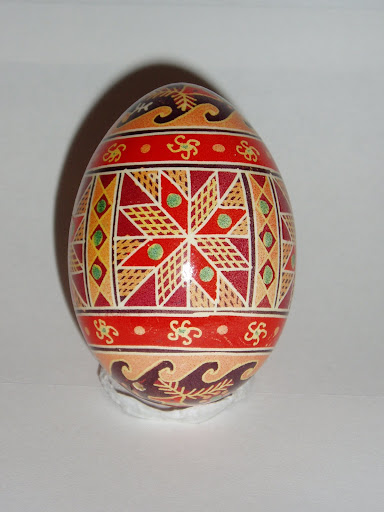The
BBC recently published an article on the decline of pollenators in India. This becomes very significant when there is over a billion people to feed and neighboring countries that may develop the same problems of lower crop yields.
"Data shows that the yields of pollinator-independent crops have continued to increase," Dr Basu said. "On the other hand, pollinator-dependent crops have leveled off."
He explained that certain crops did not depend on insects for pollination, including cereals. Instead, the plants used other mechanism - such as relying on the wind to carry the pollen.
However, many vegetables - such as pumpkin, squash, cucumber and gherkin - were reliant on insects, such as bees.
He added that the fall in yield per hectare was against the backdrop of a greater area being turned over to crop production each year.
The exact cause for the decline of pollinators, especially bees, still remains a mystery
In an attempt to identify an underlying cause for the pollinator decline, the team is carrying out a series of field experiments, comparing conventional agriculture with "ecological farming".
Defined as "a farming system that aims to develop an integrated, humane, environmentally and economically sustainable agricultural production system", ecological farming is almost a hybrid of conventional and organic farming, looking to capitalize on returns from modern farming methods as well as drawing on natural ecological services, such as pollination.
Dr Basu said: "There is an obvious indication that within the ecological farming setting, there is pollinator abundance. This method typically provides the habitats for natural pollinators - this is the way forward."
He added that if the team's findings were extrapolated, this would offer a "clear indication" that India was facing a decline in natural pollinators, as ecological farming was only practiced on about 10-20% of the country's arable land.
Figures show that agriculture accounts for almost one-fifth of the nation's gross domestic product (GDP), compared with the global average of just 6%. The sector also provides livelihoods for more than half of India's 1.2 billion population.
In a world of increasing population, and scarcer resources like oil and natural gas for fertilizers and transportation, agriculture needs to take the long term approach of more local production, sustainability and less dependence upon purely increasing crop yields to feed more mouths. How stable and independent can a country be when it cannot fulfill one of the most basic needs of its people, food.
























